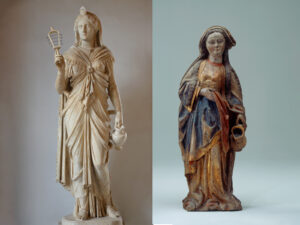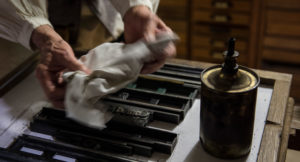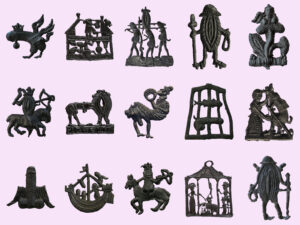
Medieval badges and their risqué designs
A look at the badges people wore in the Middle Ages reveals many designs that one would not normally associate with the period: fantastic creatures made out of genitalia call into question how prudish people really were in medieval times.
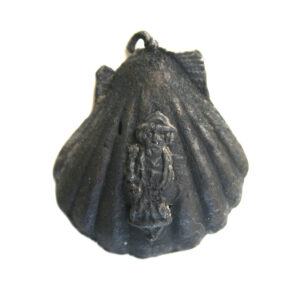

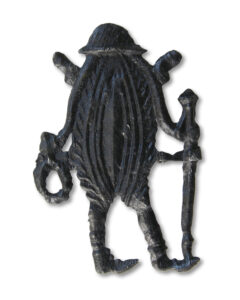
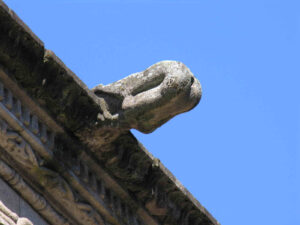
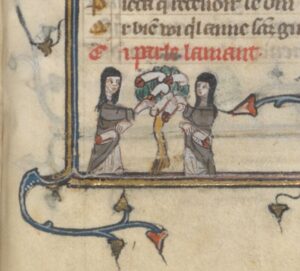
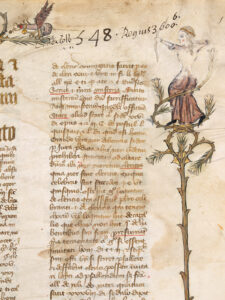
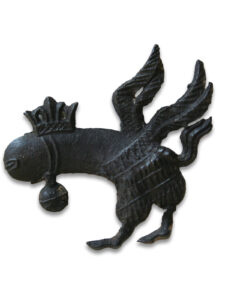
The flying phallus with wings, legs, a crown and bell around its neck exists as a badge and as an illustration in the Decretals of Gregory IX of 1392. Bibliothèque Nationale de France Bibliothèque Nationale de France / kunera.nl
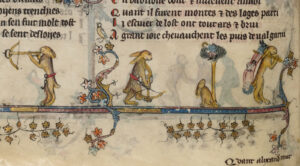
coveted. cared for. martyred. Bodies in the Middle Ages
There were conflicting perspectives of the human body during the Middle Ages: it was glorified, suppressed, cared for and chastised. The exhibition features many loaned exhibits from within and outside Switzerland to explore how the human body was viewed during the Middle Ages from a cultural history perspective, thereby also raising some questions about how we perceive the human body today.


